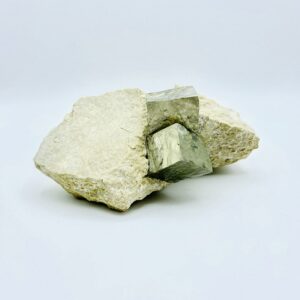Insects have fascinated people for centuries. The way they move and their intricate visual systems fascinate us. They are also known as the insects since we cannot keep them as pets. However, insect lithographs are not common but these are a type of artwork that has captured people’s attention due to the fact that they are strange but captivating at the same time. These types of artworks have been around for more than two centuries now and they will most likely continue to be around in the future too. Today, we’re going to talk about some interesting facts about insect lithographs and how these artworks began.
What is an Insect Lithograph?
An insect lithograph is a type of artwork that captures the beauty and complexity of insects. These artworks started in 1798 when they were popularized by scientist, Louis-Jacques-Mandé Daguerre. Insects have fascinated people for centuries and now, with the help of technology, we can see them in a way that was never possible before. They are also known as lithographs of insects because they are drawn on paper using light and dark lines.
How Did Insect Lithographs Begin?
Insect lithographs are printed with different types of insects. These lithographs are mostly done on paper but you can also find them in other materials like cloth or even glass. These types of artworks have been around since the 1800s and they were originally used for scientific purposes. The first insect lithography was printed by a German scientist by the name of Johann Gottlob Schneider in 1801. The idea to make these illustrations started when a man named Carl Spitzweg saw some watercolor images of butterflies that were made by an Italian botanist, Luigi Schiaparelli, in 1868. Schiaparelli’s work inspired him to create his own set of illustrations by using only black ink on white paper and he also incorporated different type of insects into his artwork too. He created five sets of drawings and he released them as lithographs in 1869 which was quite rare at the time because this technique was not used back then. However, they became popular very quickly.
Why Are Insect Lithographs So Fascinating?
Insects are fascinating to watch and follow because they’re full of mystery. For example, their movement is mesmerizing. Their bodies move in different ways which makes them really interesting to observe. They also have a complex visual system that makes it even more interesting to watch. The way insects process information from the environment is quite fascinating too. Even though these creatures may not be pets, we can still find some enjoyment watching them and taking a closer look at their bodies and visual systems every now and then. Insect lithographs are intriguing as well since they will usually have an artist’s signature on them which adds a personal touch to these artworks. This artwork has been around for over two centuries now, but this type of artwork is not common because there’s so much variety in terms of what the artists like to draw with these ceramics. This means that different artists have different styles when it comes to creating these types of insect lithographs.
Interesting Facts About Insect Lithographs
One of the most interesting things about them is that they were created by Vincent van Gogh. In fact, there are only a few examples left because most of them were destroyed over time. These kinds of artworks are not very common, except for their depictions of insects. Another interesting thing to know about insect lithographs is that they were made in order to raise funds for charity. There are a lot of organizations that have benefited from these artworks such as a museum in France and conservation societies. Another thing to note is that the subjects depicted on these works always change from one artwork to another, which makes each and every artwork unique. That’s why it’s very difficult to find the same kind of insect in an insect lithograph over and over again despite the fact that many of them depict insects.
Conclusion
The origin of the insect lithograph dates back to 1819 when Charles Darwin first published his findings. As the technique became more popular, so did the types of insects chosen for lithographs. Insect collectors, entomologists and naturalists have been drawn to these works since the beginning, not just because of their beauty, but also because they provide insight into the natural world.










